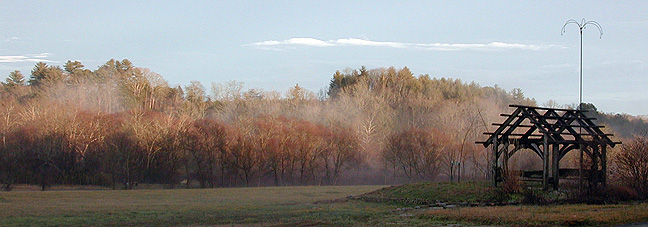|
There are a lot of great books in Jim's library on the subject of Botanical Illustration. Some books contain reproductions of plant images painted B.C. Others are how-to books. Listed below are some of our favorites:
Beautiful Botanicals Painting and drawing flowers and plants by Bente Starcke King; Botanical Illustration Painting with Watercolours by Siriol Sherlock; Vibrant Flowers in Watercolor by Soon Y. Warren; Botanical Illustration in Watercolor by Eleanor B. Wujnderlich; Drawing Flowers form-technique-color-light-composition by Margaret Stevens; The Watercolor Flower Painter's A to Z by Adelene Fletcher.
A good good book published in cooperation with Smithsonian is The Art of Botanical Painting in Association With The Society of Botanical Artists by Margaret Stevens, VPSBA.
When traveing light, Jim always packs the little Book 2, The Flower Painter's Pocket Palette by Adelene Fletcher.
If you live in the outback and can't get to a class (or even if you can) we like our CD Beautiful Botanicals Painting and drawing flowers and plants by Bente Starcke King.
Some books portray work of great botanical illustrators. An example is Drawn From Nature The Botanical art of Joseph Prestele and His Sons by Charles Van Ravenswaay. Also, two books, The Art of Botanical Illustration and The Art of the Plant World, both by Martyn Rix appear to be the same book under a different cover, and yes, Jim has both copies.
Many books contain excellent botanical illustrations of both famous and not so famous artists. Good art appears on/in everything from seed packets, garden magazines, and hard-cover books. For example, The Scented Garden by Rosemary Verey contains several nice botanical illustrations. The Pleasures of Gardening by Angela Stanford is another example of the exclusive use of botanical illustrations. (Pardon the absence of italics for titles but it makes them harder to read on the web.)
Some of the above listed books even recommend a palette of colors for each subject. Artist quality (not student) paints in tubes or pans are needed. Since large washes are not normally used in botanical illustration, little paint is consumed. Good small sable brushes that hold a sharp point are nice for detail. Over the years Jim has accumulated a collection of brushes including Winsor & Newton Sceptre Gold II, CJAS Dream Catcher, and a few fine Winsor & Newton black-handle sables. The latter seem to bulge their little cheeks like chipmunks with paint.
|

